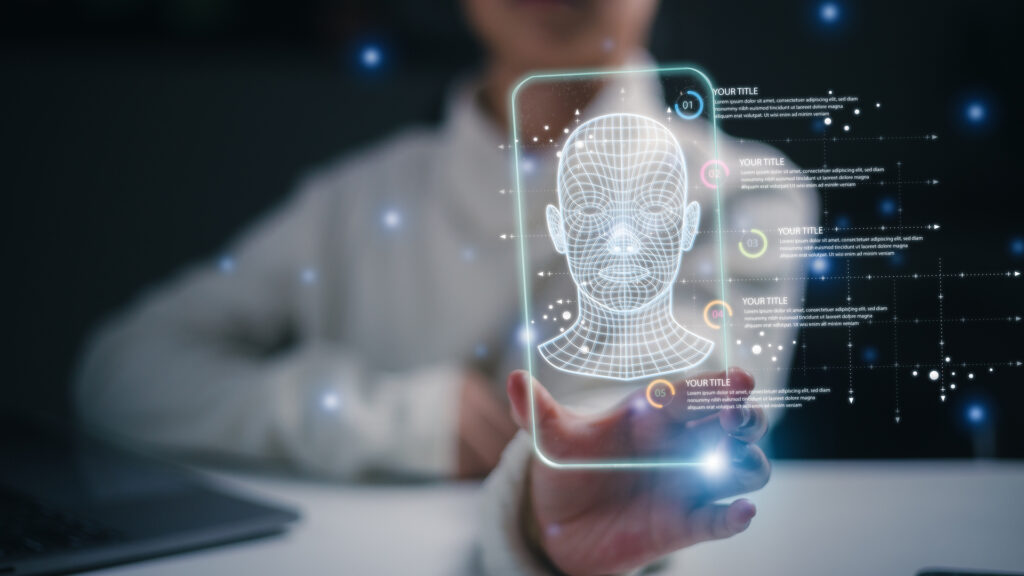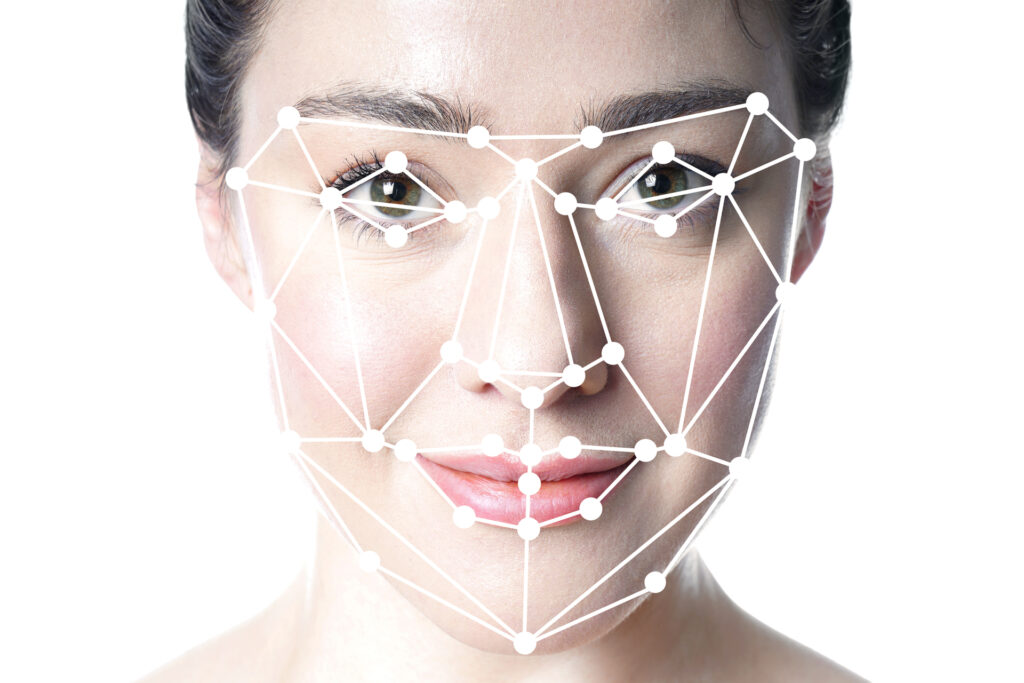Table of contents:
The integration of facial recognition software into our daily lives is becoming increasingly sophisticated and diverse. We use it virtually everywhere, from unlocking our smart devices (like phones and even smart doors) to detecting friends in social media photos. This technology is rapidly becoming a vital tool in identity verification, security processes, and entertainment.
Have you ever tried searching for a famous personality using just a photo? Did you use a tool to find your image online? Face recognition technology enables all of these, and 2024 is poised to bring even more sophistication and innovation. This blog helps us understand how far we have come by exploring five of the top software trends shaping facial recognition.
Overview of Facial Recognition
Facial recognition technology isn’t new, but its popularity has skyrocketed recently. Using complex algorithms, this technology recognizes and authenticates individuals based just on their face traits. It does this by analyzing an image, mapping facial landmarks like the distance between the eyes, the shape of the nose, and the curve of the lips, and processing them into a digital code, or “faceprint.”
These face search tools have improved in accuracy, speed, and ease of use in 2024. They can be used to identify or track a celebrity’s appearance, search for products online, or verify your identity across various platforms. Facial recognition software provides these and more powerful solutions.
Casual and professional users appreciate the real-time processing and high accuracy, making it easier to find individuals or items through vast databases in seconds. Not only are these tools smart, but they also prioritize privacy by implementing robust security protocols to ensure sensitive data remains protected.
What steps should you take to begin using facial recognition software? It’s pretty simple. You must provide a clear photo and allow the facial recognition tools to compare it against countless indexed photos in order to find a match. Various facial tools serve diverse purposes.
While some applications, such as doppelgänger detection, are purely recreational, others offer serious solutions for security or forensic investigations. They are incredibly user-friendly for those looking to use a facial recognition system, and they often feature intuitive designs and simple integration with other platforms.
Top 5 Software Trends in 2024
The facial recognition field and the software industry trends are rapidly growing, and this growth is nothing short of remarkable. Let’s dive into the top trends to watch for in 2024:
#1 Real-Time Recognition and Analytics
Unlike before, when you had to wait several minutes for systems to detect a facial match, real-time recognition is becoming standard and more sophisticated in 2024. With these systems, you can instantly identify faces.
This makes them particularly useful in high-security environments such as airports, stadiums, and public events. With the demand for speed and precision, software developers are pushing for algorithms that identify faces, analyze facial expressions, and detect emotions in real-time.
#2 AI and Deep Learning Integration
Deep learning models represent another significant advancement in AI-powered facial recognition technology. Thanks to AI integration, this software now recognizes faces with astonishing accuracy, even when partially obscured or viewed from different angles.
This improves the technology’s capability, enabling it to handle real-world scenarios better. It can match faces in crowded environments and even recognize individuals disguised as wearing face masks or sunglasses.
3. Focus on Privacy and Ethical Concerns
Privacy is one of the most important topics in conversations about facial recognition. Concerns about the use and access to this data are growing as more governments and organizations adopt this technology. As a result, the software development trends for 2024 prioritize privacy.
Expect to see more advanced encryption methods, decentralized data storage, and clear user consent processes built into facial recognition software. These features will safeguard personal data from misuse and breaches.
4. Cloud-Based Facial Recognition as a Service (FRaaS)
The software as a service (SaaS) model is becoming increasingly popular, providing facial recognition software development offerings. In 2024, more facial recognition tools will now be cloud-based. Businesses will now have unlimited access to powerful recognition systems without investing in expensive hardware.
These solutions also provide constant updates that ensure users have access to the latest facial recognition features and upgrades. This trend will make facial technology accessible to all, regardless of the size of your business. It is a scalable solution that allows you to continuously expand your usage without incurring any upfront costs.
5. Multimodal Biometrics
Facial recognition is just one part of the larger biometric system. Multimodal biometric systems that combine facial recognition with other bimetric indicators for individual identification are on the rise. These identification methods include fingerprint or iris scanning.
Multimodal authentication increases accuracy and provides a higher level of security, making it almost impossible for imposters to bypass these systems. Multimodal biometrics can be very useful and valuable in various industries, particularly in sectors like banking, healthcare, and national security, where absolute certainty in identity verification is crucial.
How We Can Help
North South Tech pioneers facial recognition technology, embracing rapid digital change. We innovate in real-time recognition, AI integration, and multimodal biometrics, in addition to monitoring these developments.
We stand out for our privacy and ethics. User consent and data privacy are our top priorities when creating strong encryption and decentralized data storage systems. With this technique, we can provide cutting-edge facial recognition while maintaining the highest level of security and trust.
The cloud-based Facial Recognition as a Service (FRaaS) platform from North South Tech makes this powerful technology available to all sizes of enterprises. We offer a scalable solution that adapts to your needs without requiring expensive hardware investments.
The future of facial recognition is changing security, healthcare, and retail. North South Tech guides you through change. Learn how our customized solutions may improve your operations and prepare you for tomorrow. Reach out to us today to learn more about our services and join the facial recognition revolution.




